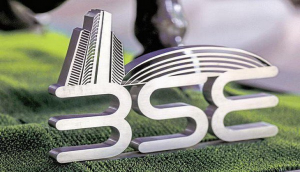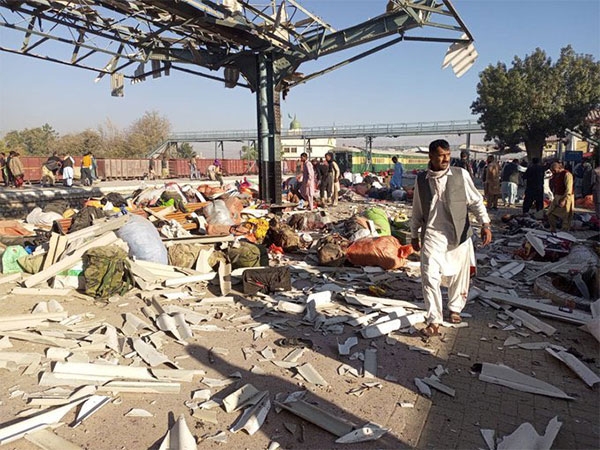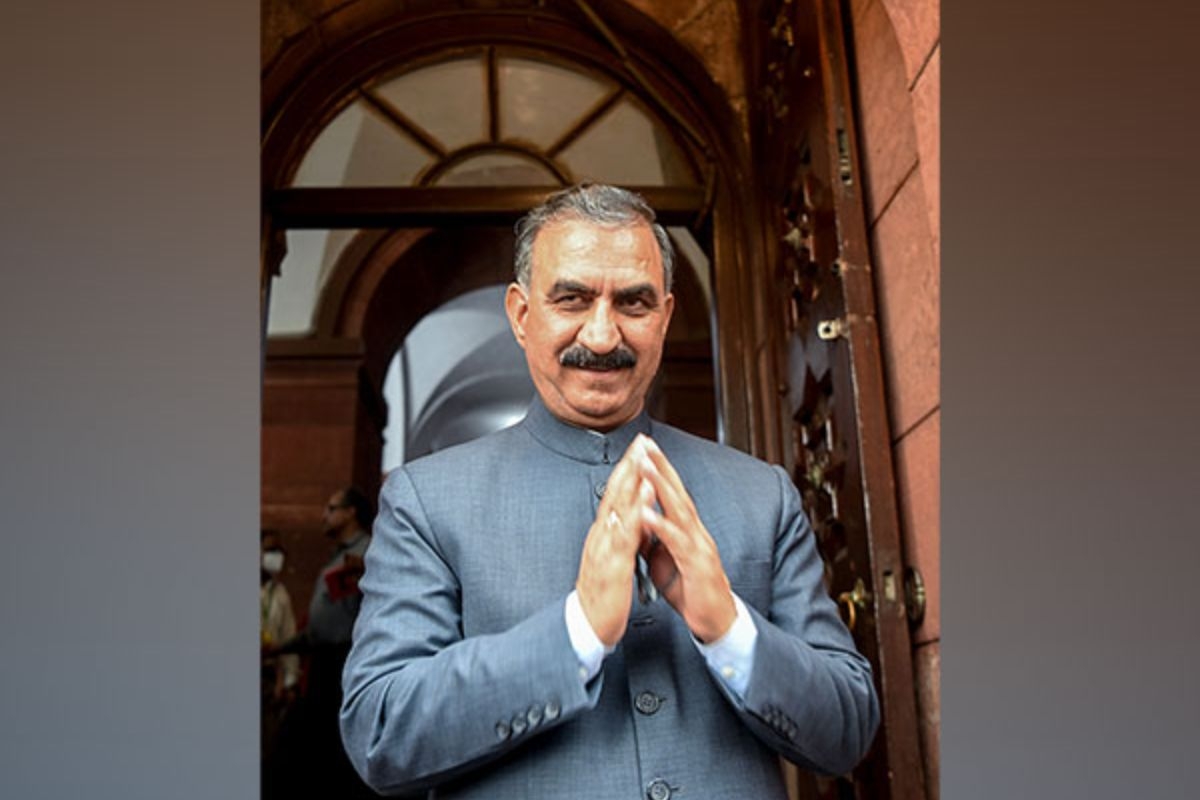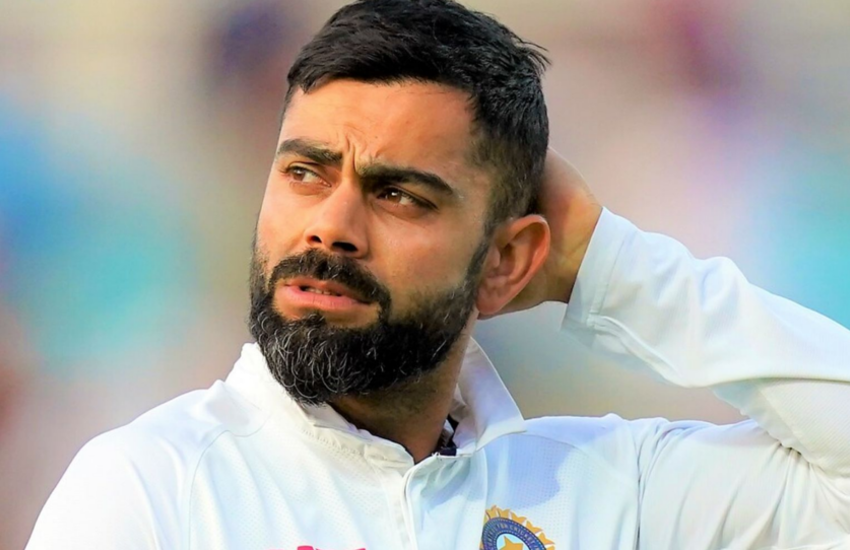Did Raghuram Rajan stifle India's growth? Numbers say he didn't

Who is responsible for the slow credit growth in the banking sector in India? Depending on whom you ask, there are two answers to this question.
A section of people in the government and industry blames RBI governor Raghuram Rajan. According to this bunch, Rajan's decision to keep a tight interest rate regime has forced banks to lend less.
Rajan-bashers believe that his policies have killed the process of job creation in the country, and have stifled the growth of the Indian economy, which, the government claims, is the fastest-growing economy in the world.
Rajan, in his defence, has always said that it is the loan defaults by industry that make public sector banks wary of lending freely to them.
So, which of the answers is actually correct?
Rajan is right
A recent report by India Ratings and Research says Rajan is right.
It states that the limited availability of growth capital for public sector banks (PSBs) "could pull down their loan growth to a compound annual rate of 9% between 2015-16 and 2018-19".
The report paints an even more dire picture for mid-sized PSBs, which are likely to report a loan growth of just 8.1% between 2016 and 2019..
Not just this, the report also says that the ageing non-performing assets will keep credit costs for public sector banks high, and is likely to impact the country's nominal gross domestic product for the financial year 2018-2019.
But should this report be taken as the final word on the debate?
More facts to consider
Consider the following facts:
- Public sector banks account for 70% of India's banking sector.
- It is the public sector banks which lend large amounts to industries in the country, while private sector banks focus on retail loans.
- This is the reason why bad loans are largely a PSU bank problem.
As per data quoted in Swarajya magazine, "the overall non-food credit in 2015 grew by around 9.3% between December 25, 2014, and December 24, 2015, against 6.6% of public sector banks".
This suggests that private sector banks did better in extending loans in non-food sectors (industry, retail loans etc) than public sector banks.
Industry relies on the health of public sector banks to avail loans. However, this very industry has failed to repay the loans it has taken. Therefore, public sector banks are shying away from lending more money to big corporate houses.
RBI's own report
The first biannual Financial Stability Report (FSR) for 2016, released by the RBI, reveals that gross non-performing assets (GNPA) in the banking sector may rise up to 9.3% by the end of financial year 2016-17, from the current 7.3%.
This means that within 19 months (September 2015-March 2017), GNPAs in the banking sector are likely to go up by 430 percentage points.
The condition of public sector banks (PSBs) will be a little more affected in the same period. Under normal circumstances (baseline scenario), PSBs' GNPA ratio may go up to 10.1% by March 2017 from 9.6% in March 2016.
Rajan reduced repo rate
Looking at all the available data, logic forces one to stand by the side of Rajan on the issue of interest rates and credit growth of PSBs.
However, in politics, logic seldom matters. After close to one year of theoretical fights with his critics, Raghuram Rajan announced last month that he would not be seeking a second term at the central bank.
Since 2015, Rajan has reduced the repo rate (the interest rate at which RBI lends money to commercial banks) by 150 basis points. However, the banks passed on only a fraction of the rate cut to their borrowers.
Can it be pinned on Rajan's head?
Options in front of new governor
Whoever replaces Rajan as RBI governor will be expected to wave a magic wand, and reduce the interest rate in the market.
Will he or she be successful? Only in one case - if the new RBI governor asks the banks to overlook their rising bad loans, and take an even bigger risk of losing money in future.
It's up to the new governor to decide if he or she wants to take that risk.
Edited by Shreyas Sharma
More in Catch
Antecedents of Raghuram Rajan's potential heir
RBI governor: 5 challenges Raghuram Rajan's successor will face
How Raghuram Rajan failed India's middle class
First published: 15 July 2016, 18:31 IST






![BJP's Kapil Mishra recreates Shankar Mahadevan’s ‘Breathless’ song to highlight Delhi pollution [WATCH] BJP's Kapil Mishra recreates Shankar Mahadevan’s ‘Breathless’ song to highlight Delhi pollution [WATCH]](https://images.catchnews.com/upload/2022/11/03/kapil-mishra_240884_300x172.png)

![Anupam Kher shares pictures of his toned body on 67th birthday [MUST SEE] Anupam Kher shares pictures of his toned body on 67th birthday [MUST SEE]](https://images.catchnews.com/upload/2022/03/07/Anupam_kher_231145_300x172.jpg)






